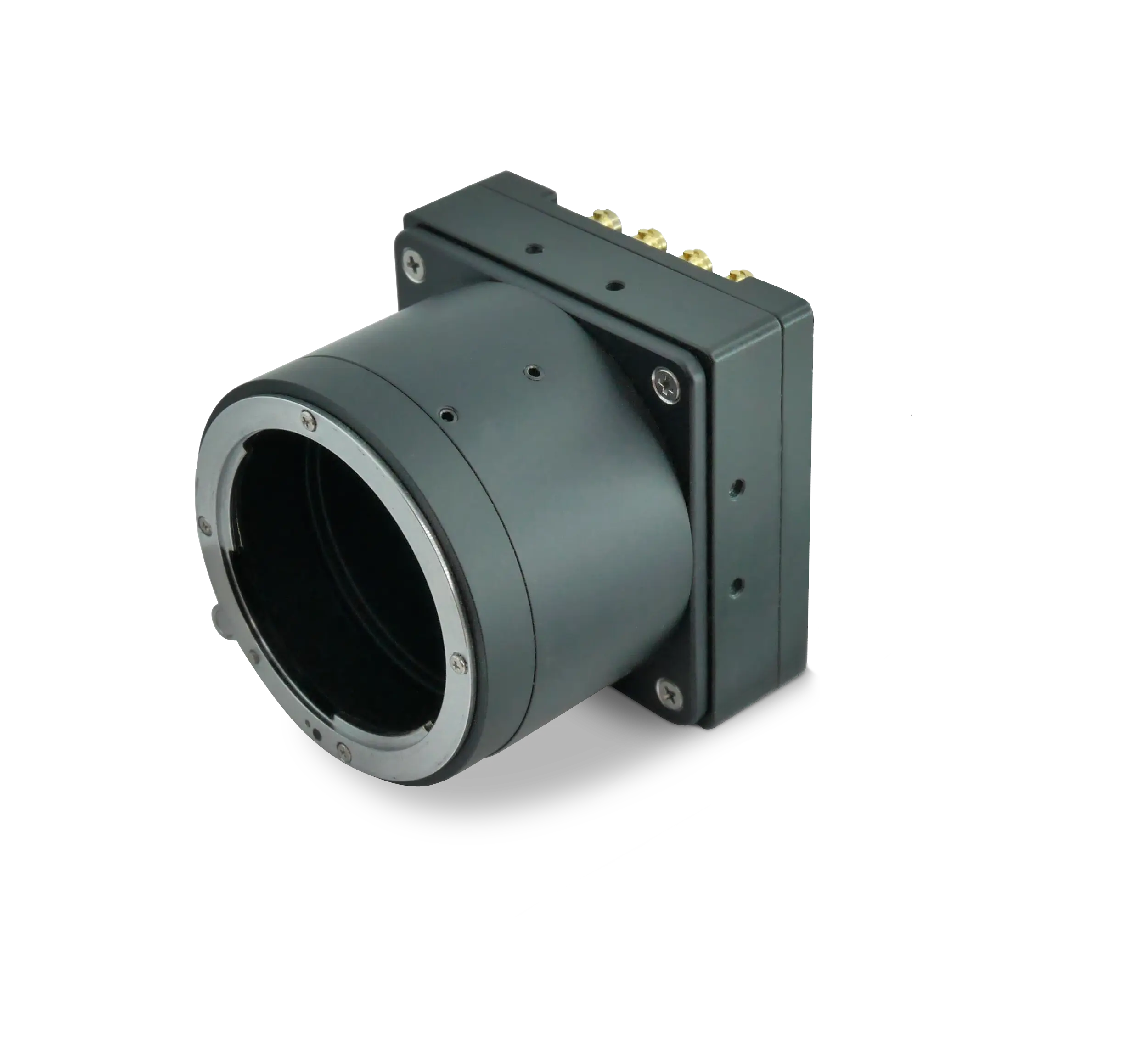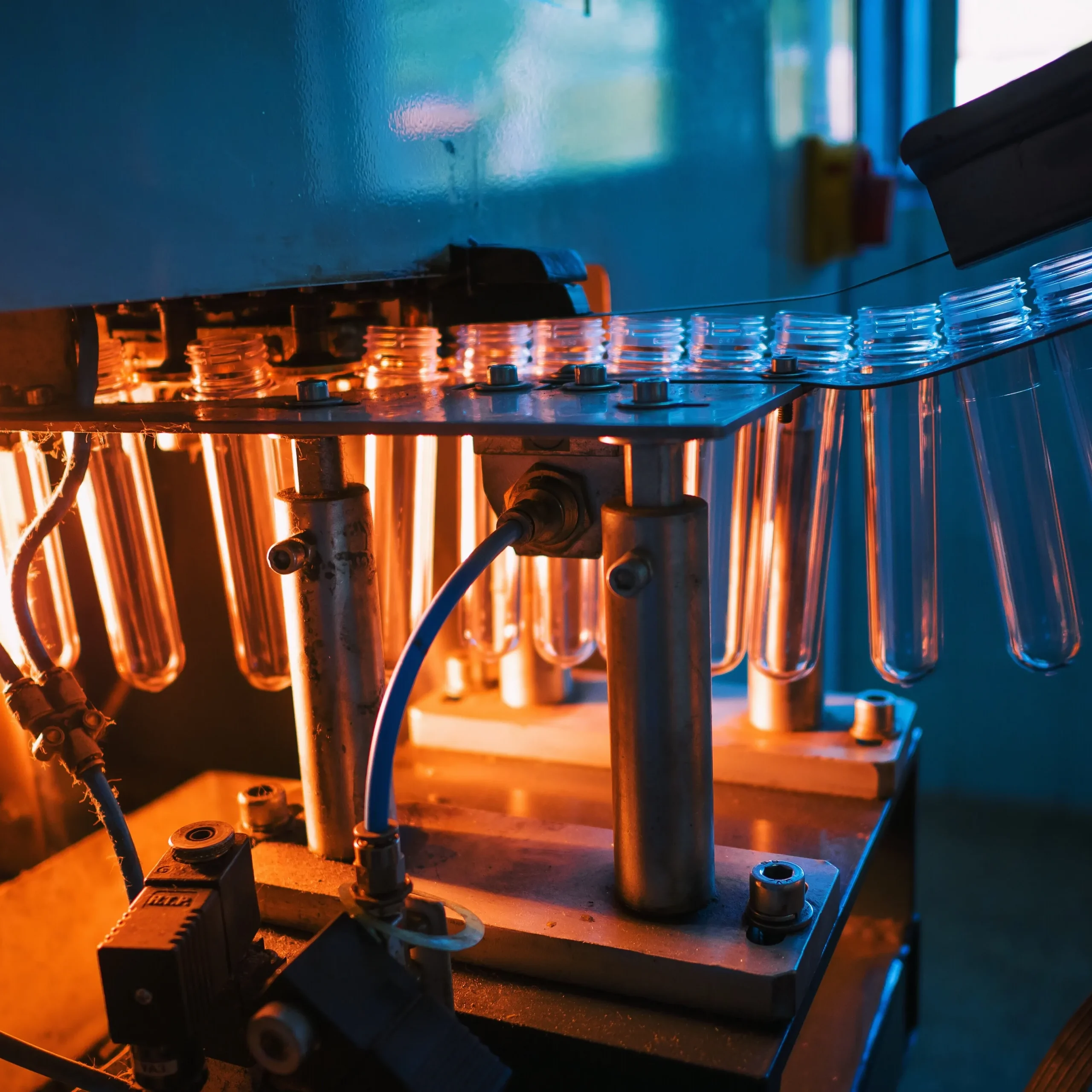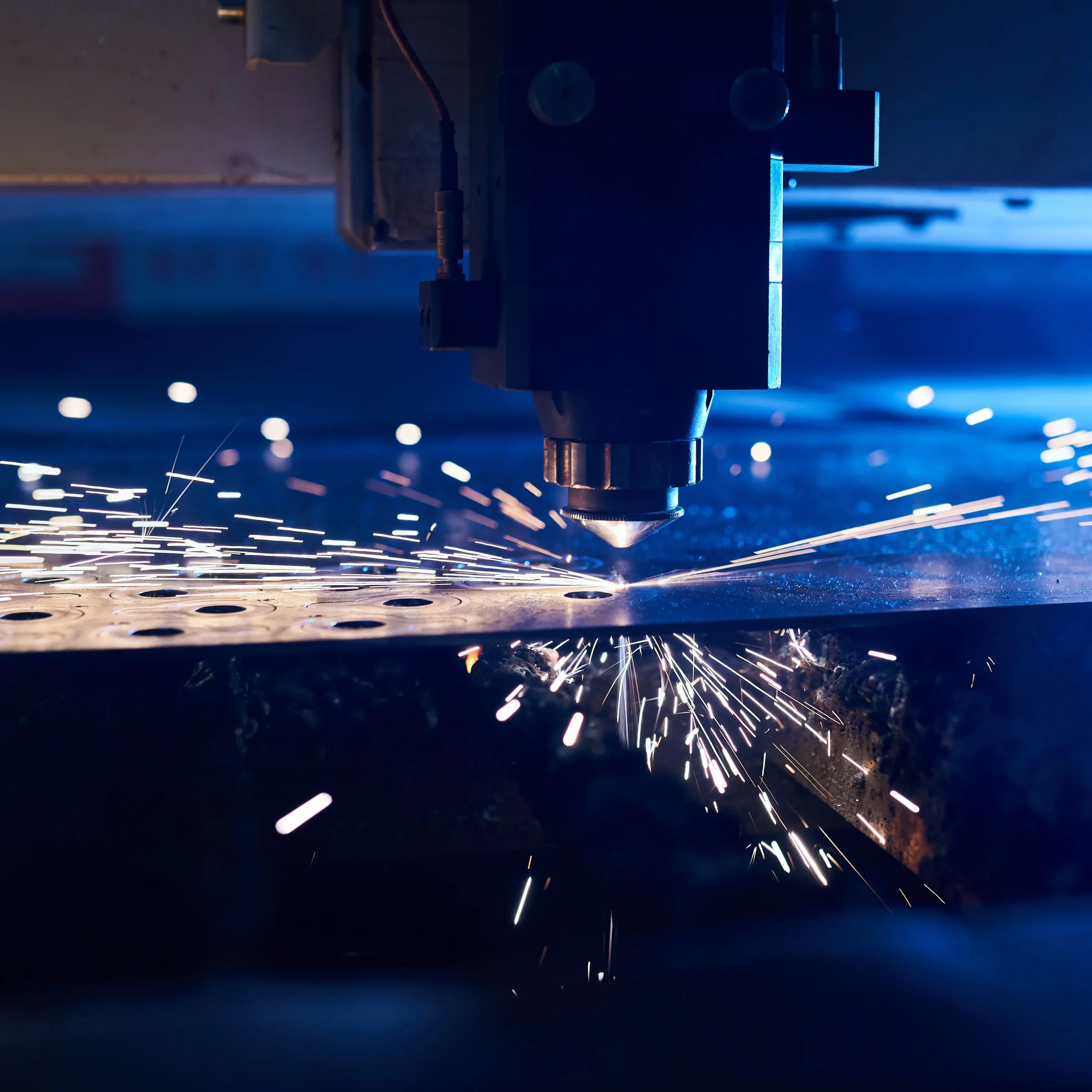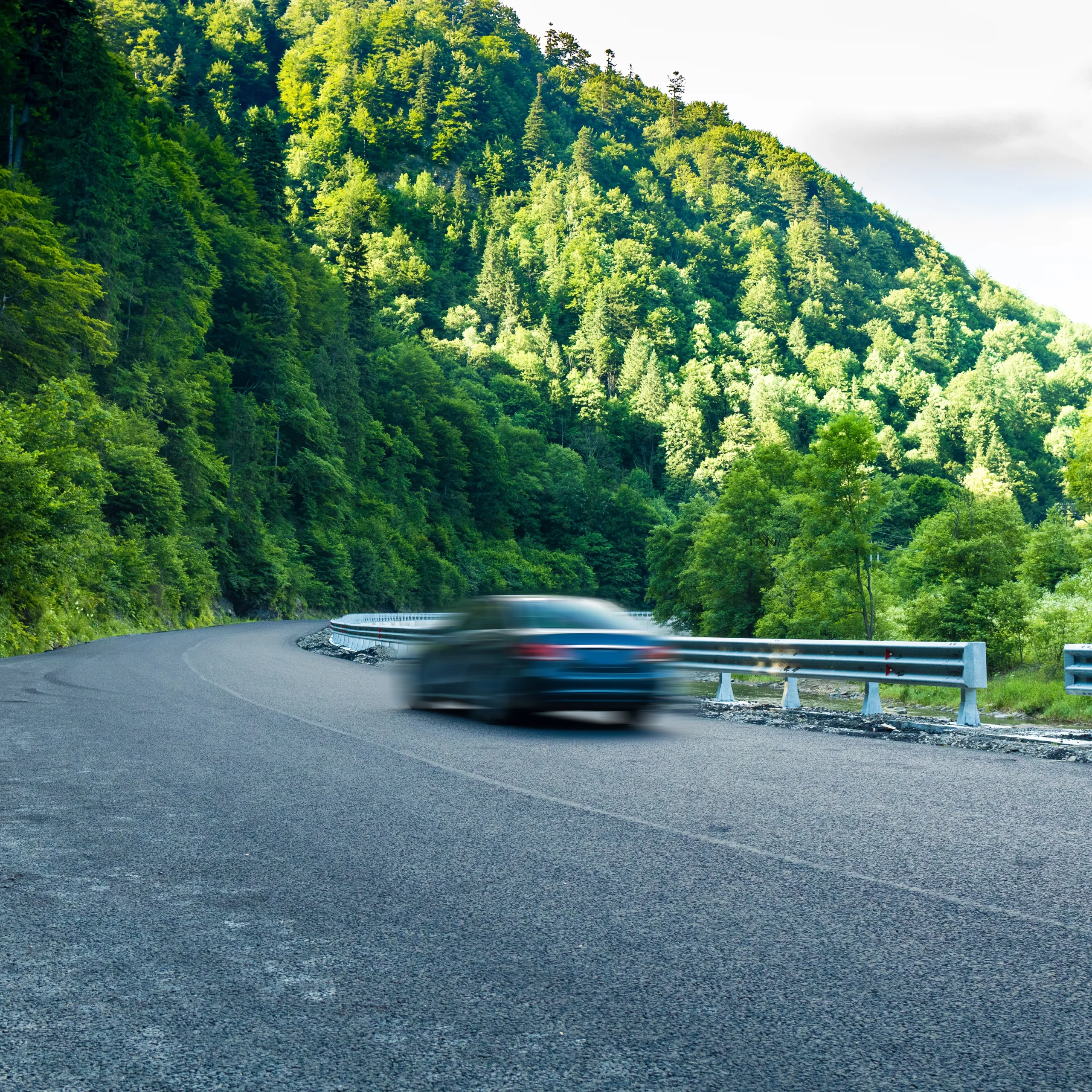Global seaborne trade is rebounding, and the world’s largest ports are once again working around the clock. Yet, the traditional manual inspection of steel shipping containers still slows down operations and can keep vessels idling at the quay. By integrating high-speed KAYA Vision cameras into automated inspection portals, terminals can move from labor-intensive visual checks to continuous, data-driven machine-vision cargo inspection. This article explores why CoaXPress cameras—specifically the KAYA Vision Iron CoF 255 and Iron 4600—are redefining automated container damage detection and trimming valuable minutes from every box movement.
The Bottleneck: Manual Container Checks
Before a container is released inland or loaded aboard ship, operators must verify its structural integrity, ISO code, and seal status. Traditionally, inspectors walk around the box with hand-held tablets or clipboards. In a busy Asian mega-port, a single gate lane may process more than 200 trucks per hour; pausing each truck for human inspection quickly creates kilometer-long queues. Even with handheld scanners, manual workflows introduce two major problems:
- Subjective assessment—different inspectors may disagree on what constitutes actionable damage.
- Slow documentation—photographs and notes must be uploaded later, delaying billing or claims.
KAYA Vision’s machine-vision systems remove this human bottleneck by capturing high-resolution images at truck speed, automatically analyzing them, and alerting operators only when predefined damage thresholds are exceeded.
Why CoaXPress Over Fiber Makes Sense at Ports
Piers are harsh RF environments filled with cranes, diesel engines, and 5G antennas. Running long copper cables from inspection portals to control rooms risks signal degradation and safety issues. KAYA Vision solves this with CoaXPress over Fiber technology, available in the compact Iron CoF 255 camera. Fiber connectivity offers:
- Line rates up to 10 Gbps per channel with immunity to EMI and lightning surges common near water.
- Reach beyond 100 m without repeaters, allowing inspection gantries to sit far from server racks.
- Headroom for adding more cameras or higher resolutions without re-cabling.
Ports already deploy extensive fiber for OT networks, so integrating CoaXPress-over-Fiber cameras requires minimal additional infrastructure. In brownfield retrofits, existing conduits can be reused, reducing downtime.
Meet the Iron CoF 255: The Workhorse for Gate Portals
The Iron CoF 255 features a Sony Pregius IMX255 global-shutter CMOS sensor delivering 4112 × 2160 resolution. With less than 2.2 e⁻ temporal noise and >70 dB dynamic range, the camera resolves fine dents, corrosion, and seal anomalies even under midday glare. Key highlights for automated container damage detection:
- 87.6 fps at full resolution—enables freeze-frame imaging of trucks moving at 30 km/h without motion blur.
- Global shutter exposes the entire scene during one integration time, critical when LED strobes fire for milliseconds.
- Fiber SFP+ connector supporting single-mode or multi-mode links, simplifying long-distance routing.
- Operating range –40 °C to 80 °C and optional IP67 housing to withstand salt spray and tropical humidity.
The Iron CoF 255’s on-camera processing—ROI, binning, LUT, defect-pixel correction, and more—reduces host CPU load, permitting real-time AI inference at the edge. Ports deploying half a dozen cameras per lane can stream synchronized 8-bit images to an NVIDIA or Intel GPU appliance and run deep-learning damage classifiers in well under a second.
When Ultra-High Resolution Matters: Iron 4600
Certain tasks, such as identifying hairline cracks in the weld seams of refrigerated containers or automatically reading small, weathered ISO markings, need more than 4K. Enter the Iron 4600 with its 8320 × 5456-pixel Gigapyx 4600 sensor. The 43.8 mm-diagonal full-frame format and 4.4 µm pixels provide:
- Up to 100 fps at 8-bit or 53 fps at 14-bit, balancing throughput with tonal depth.
- >90 dB dynamic range to expose both bright aluminum doors and dark underframes simultaneously.
- CoaXPress v2.1 over four lockable Micro-BNC connectors for robust cabling on crane booms.
For maritime yards that require forensic-grade imagery—think insurance claims after a hurricane—the Iron 4600 can be mounted on overhead rails, capturing large panoramas that KAYA Vision’s SDK stitches automatically. Operators can zoom into a single rivet while maintaining full-scene context.
Building a Complete Machine-Vision Cargo Inspection Portal
A typical gate setup uses six Iron CoF 255 cameras: two facing each container side, one at each end, and one overhead. Additional Iron 4600 units can be placed along maintenance tracks for advanced diagnostics. The system components include:
- Illumination: High-power LED bars synchronized via the camera’s GPIO strobe controller ensure uniform lighting at all times of day.
- Edge computer: A fanless industrial server receives raw CoaXPress streams, runs convolutional neural networks for damage detection, and forwards metadata to the terminal operating system.
- Gate PLC interface: If damage exceeds a configurable threshold, the PLC halts the truck for secondary inspection; otherwise, the barrier lifts automatically.
- Database & analytics: Every frame is archived with timestamp, truck ID, and OCR-extracted container code, creating an audit trail for claims and predictive maintenance.
Because CoaXPress offers deterministic latency, synchronization between cameras and LED strobes remains pixel-accurate even when dozens of portal lanes operate in parallel. Fiber links eliminate voltage differentials between gantries, reducing ground-loop risk and improving overall safety.
Meeting Maritime Compliance Standards
International Ship and Port Facility Security (ISPS) regulations require facilities to document cargo integrity. Both the Iron CoF 255 and Iron 4600 have been tested to MIL-STD-810G shock and vibration methods, aligning with crane-mounted use. Optional IP67 housings meet IEC 60529 ingress standards, essential for salt-spray zones. The cameras’ RoHS and REACH compliance also supports green-port initiatives aimed at reducing environmental impact.
The Competitive Advantage
Ports that embrace machine-vision cargo inspection with CoaXPress cameras gain a tangible edge. Faster truck processing translates to shorter vessel stays; automated damage detection minimizes insurance disputes; and the data generated unlocks predictive analytics across the supply chain. Whether you start with a single Iron CoF 255 lane or deploy a fleet of Iron 4600 cameras for ultra-high-resolution archives, KAYA Vision delivers the performance, reliability, and scalability modern terminals demand.
